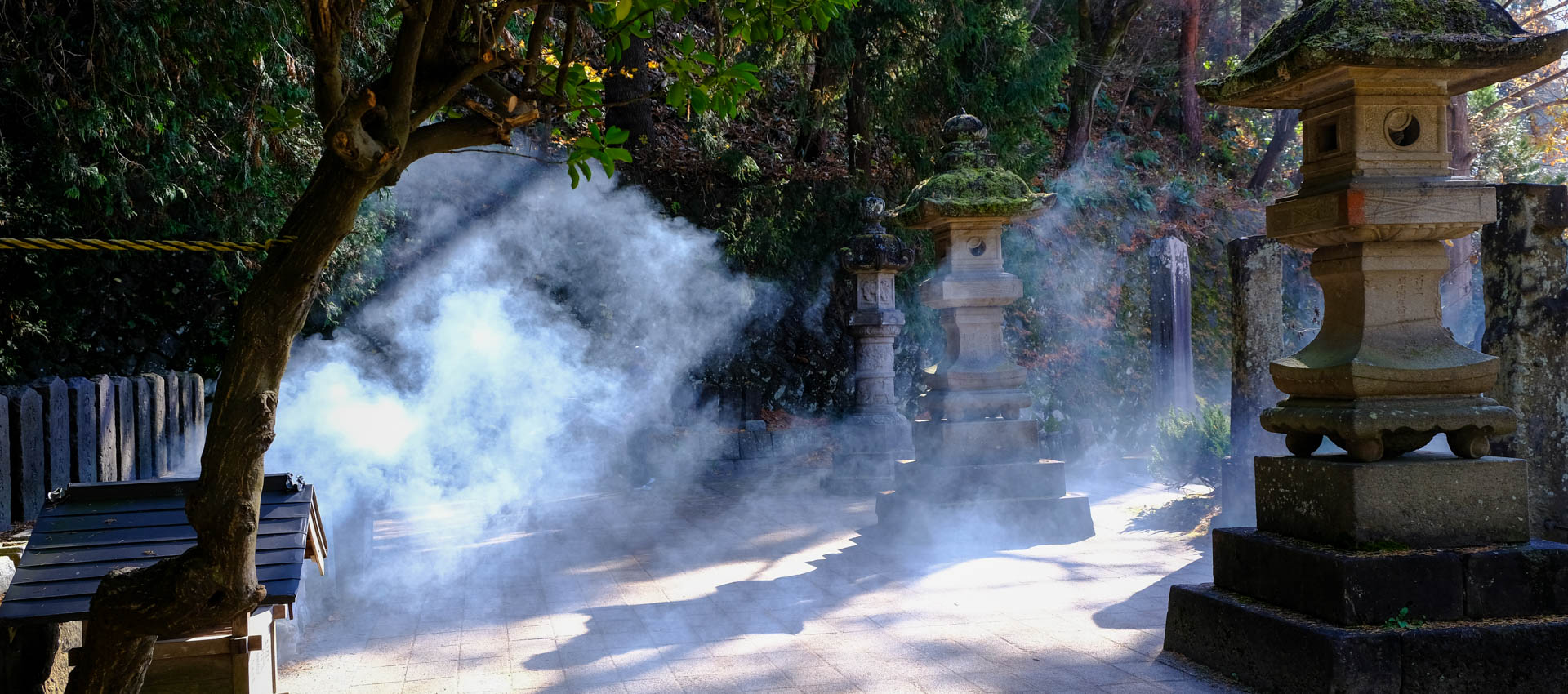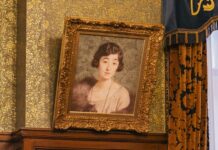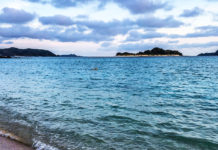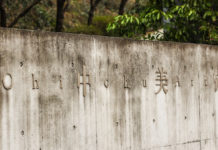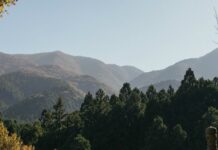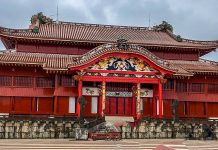Aizuwakamatsu, a picturesque town in the northern prefecture of Fukushima, played a pivotal role during the Boshin War of 1868 as one of the last samurai strongholds in Japan. Pay your respects and visit a unique Buddhist pagoda at Iimoriyama, a hill on the edge of town with historical significance.
The Byakkotai and Boshin War
The Boshin War was a civil war in Japan between the Tokugawa shogunate, the ruling feudal power, and those that wanted to restore power to the imperial faction. Unfortunately for the Aizu clan, they chose the side of resistance, the losing side of the war. The fall of Aizu is still famous throughout Japan today because of the Byakkotai, the White Tigers. This group of 19 teenage samurai decided that they would rather die for their loyalty than surrender. Together on the top of Iimoriyama they committed seppuku, ritual suicide.
To get to Iimoriyama, take the Akabe tourist bus from Aizuwakamatsu station to stop A6. Alternatively, it’s about a 30-minute walk. Keep in mind that you will also be doing plenty of walking at Iimoriyama, though. At the base of the hill are some cute touristy stalls selling snacks and souvenirs before a steep flight of stairs. There is also an escalator to the top, for an equally steep ¥250 fee. We don’t recommend taking the escalator, as you’ll miss one of the most unique Buddhist sights in Japan. Instead, bear left and follow the signs to Sazaedo.
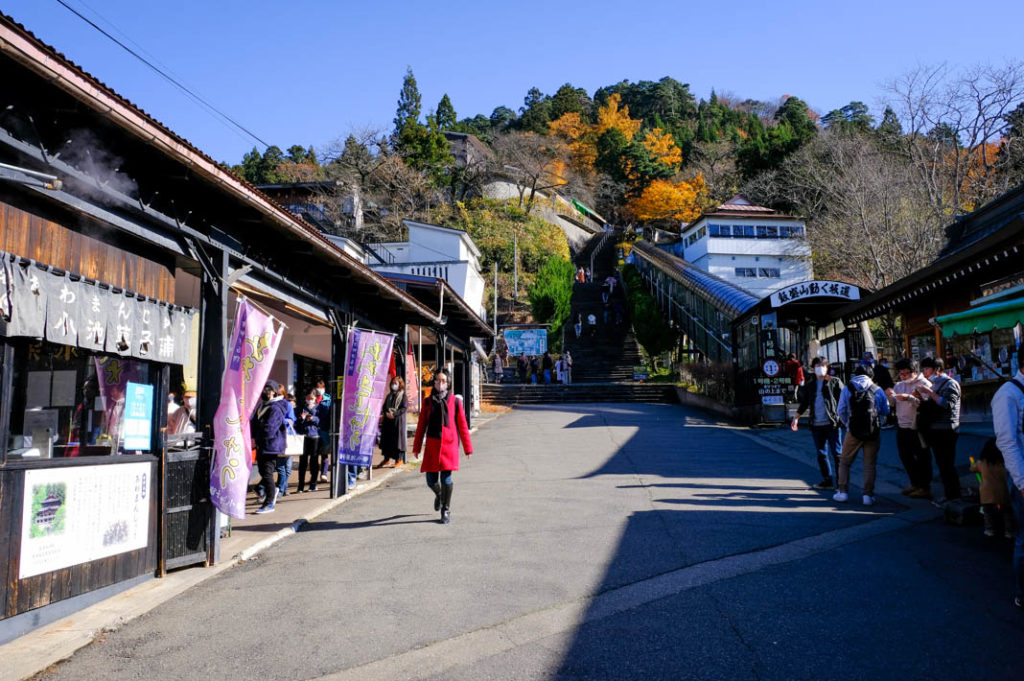
Sazaedo, a marvel of engineering
After following the path for five minutes, you will come to a charming clearing with a small stream, strewn with little shrines. Admire the beauty for a moment, then turn right, and head up the stairs to Sazaedo, an intricate wooden pagoda.

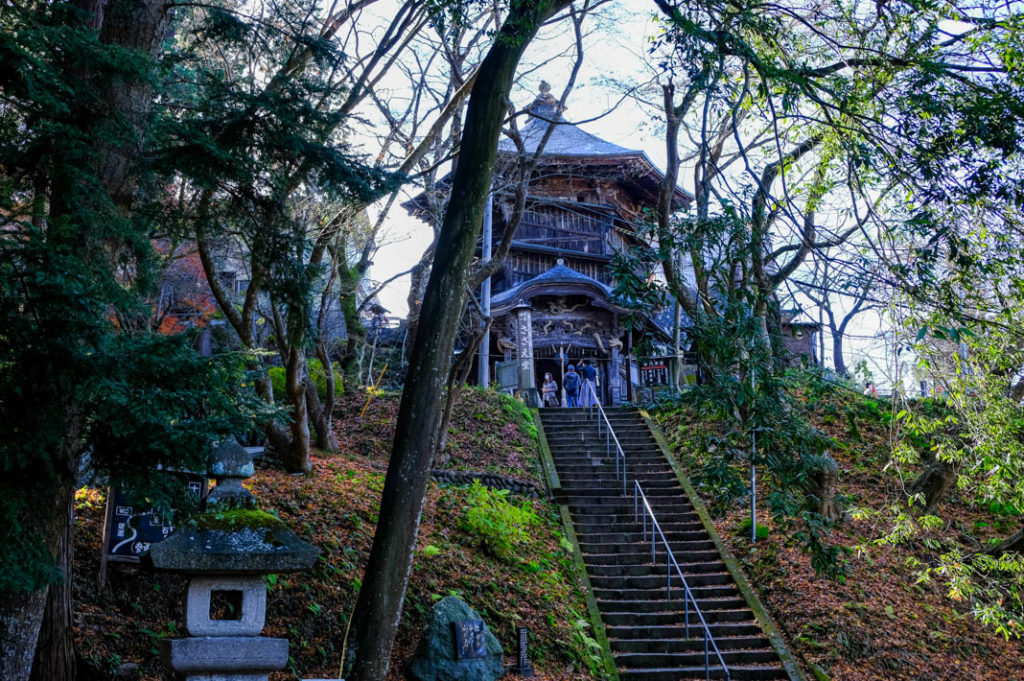
If Sazaedo looks a bit like it’s from an M.C. Escher drawing or optical illusion, that has to do with its construction. For this is no ordinary pagoda, but one with a double-helix design. Considering that it was completed in 1796, the construction is a marvel. Admission inside is ¥400, and absolutely worth it considering this one-of-a-kind experience. The pagoda is generally open from 9:00 until sunset.

As you ascend the sloping ramp inside, notice that due to the double-helix shape, you can go all the way up and back down again without ever encountering a person on the other side. Along the way, the walls are lined with Buddhist art and stickers from those that visited this temple as part of a pilgrimage. The whole thing is a little creaky and feels like it might collapse in a strong wind, but that’s part of the fun! It is, after all, the oldest surviving wooden structure from the mid-edo period. The ramp going down is a bit steep, but luckily, handrails have been installed to help you out. After exiting Sazaedo, check out the other small shrines and markers nearby before heading to the top of Iimoriyama.
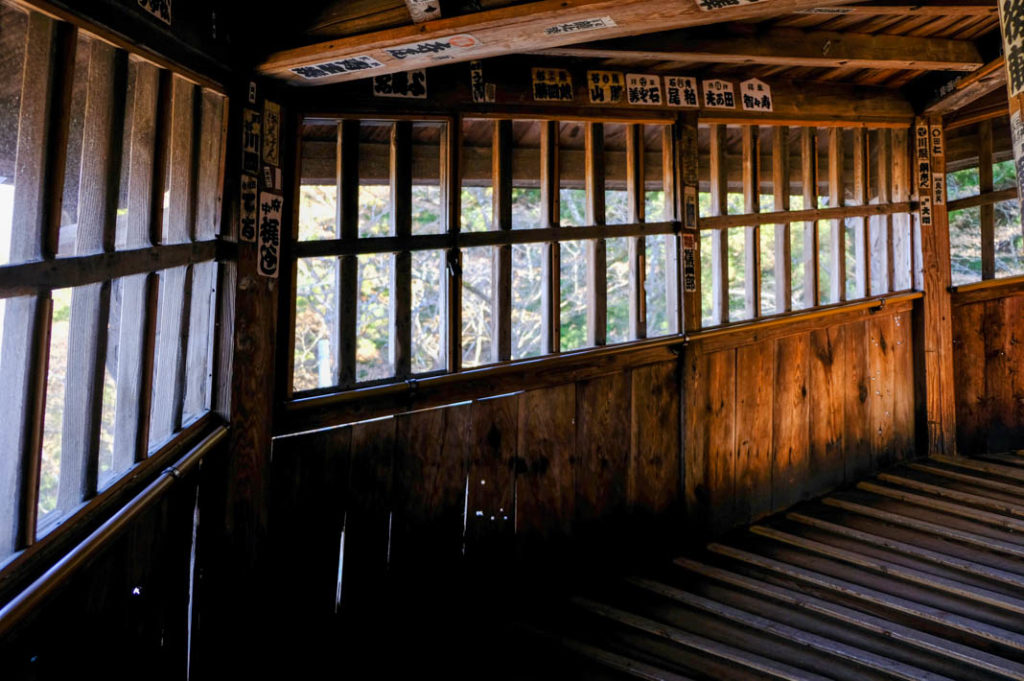
Sights at the top
Once at the top of Iimoriyama, you will come to a dusty clearing ringed by trees and monuments. The 19 graves of the Byakkotai are to the left. Many local Japanese people come to pay their respects to these martyrs, and so the mood is subdued. Incense is available for sale, as smoke is the Buddhist method of communicating with ancestors, and it is thick in the air up here.
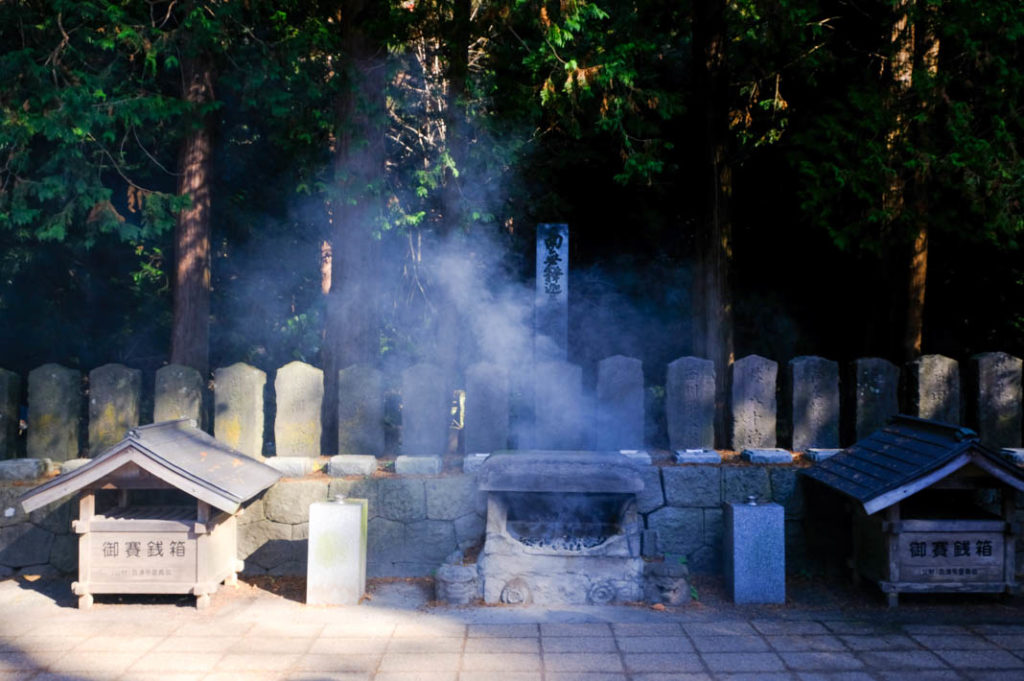
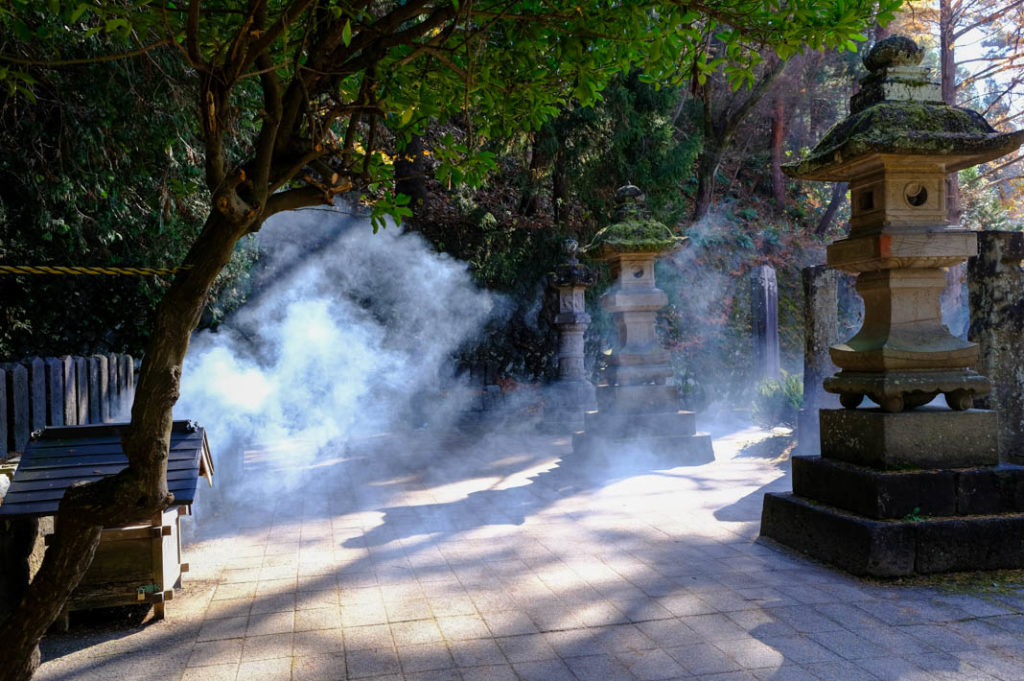
After a quiet moment at the gravesite, continue to look around. The view from the top is stunning, and there are a few other surprises to take in. Across from the graves of the Byakkotai is a statue from Italy featuring an eagle. Next to the eagle is a marble monument emblazoned with the iron cross of Germany. Both of these were from Japan’s fascist wartime allies, who were so impressed with the story of these young boys’ loyalty to their cause that they gifted these tokens of their appreciation.

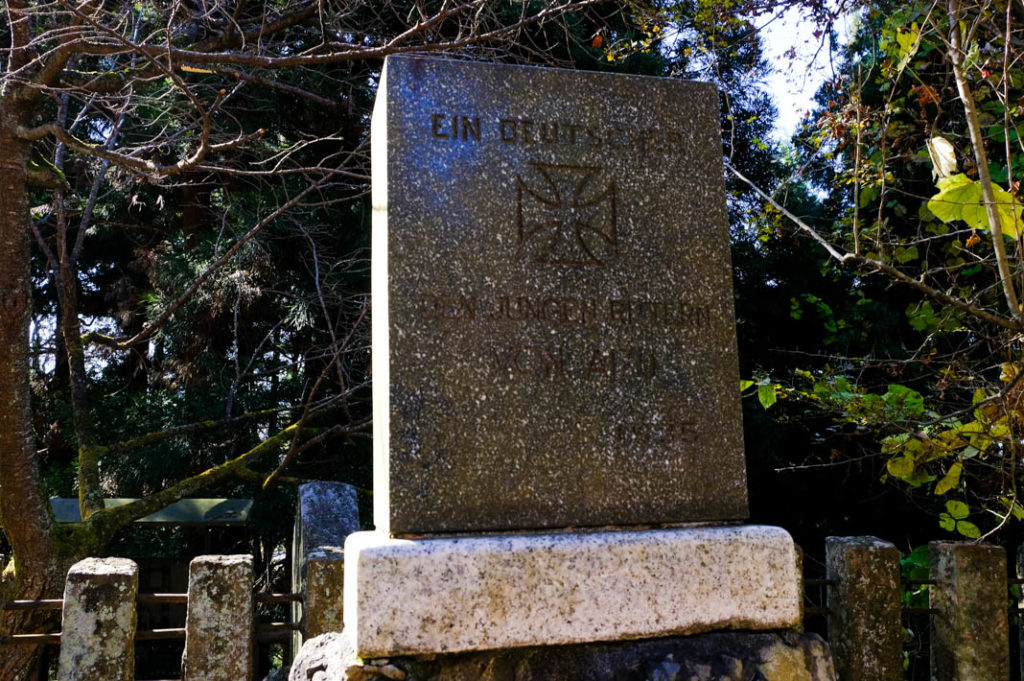
Besides Iimoriyama, there are tons of other interesting historical sights throughout Aizuwakamatsu. To continue your exploration of Fukushima’s samurai city, make sure to check out Aizu Bukeyashiki, a reconstructed samurai residence, and Tsurugajo, the castle of Aizuwakamatsu. See our guide itinerary here.
Getting to Aizuwakamastu
From Tokyo, it’s not difficult to get to Aizuwakamatsu. Take the Tohoku-Hokkaido Shinkansen from Tokyo Station to Koriyama Station. At Koriyama Station, transfer to the quaint Ban-Etsusai line for Aizuwakamatsu Station. The journey is three hours and costs ¥9,240 each way.
Post by Japan Journeys.



